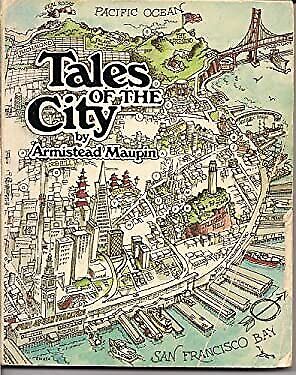Will the row over the repatriation of the Parthenon marbles ever cease?
The short answer is no. For those who believe that in this modern age repatriation is entirely appropriate, it might be worth remembering that, upon their acquisition by Lord Elgin, there was no ‘patria’ in existence, as Greece was part of the Ottoman Empire and I would venture to say, not exactly the empire’s keystone. Res judicata? Certainly the British government thinks so and has done since Parliament said so in 1816. Although opinions differ as to its strength, no one disputes that Lord Elgin, and consequently the British Museum has more than a slightly tinged colour of a legal claim to them.
So, the translocation and eventual placement of what are no longer identified as the Elgin marbles have been safely cared for and displayed proudly in the British Museum. No one has ever tried to mask their origin or done anything that would denigrate, in fact just the opposite, has served to appropriately lionize the miraculous culture that gave them form.
But the culture that wrought the Parthenon marbles, that exist as an externalized memorial to an enduring ethos that we experience every day in the way we think about ourselves, the way we govern ourselves, and the very way we consider our place in the universe, is now world culture, and hardly specific, nor has it been for centuries, to Greece. In this regard, the Parthenon marbles are not what they once were, nor are they really what the Greek government considers them, objects solely emblematic of the modern Greek nation state.
Reading the political to-ing and fro-ing about the Parthenon marbles, however, makes me think it is largely that. They are an easy talking point for Greek politicians to divert attention at least briefly from Greece’s ongoing fiscal problems and simmering unrest because of inward immigration. I don’t say the Greek government doesn’t really want the return of the Parthenon marbles, but that they haven’t got them yet provides something in the way of a continuing step upon the moral high ground. Where formerly Greece was able to use the return of the Parthenon marbles as some kind of at the ready, one size fits all bargaining chip when dealing with the EU, now post Brexit, Greece has fewer allies as there are no governments that have any manner of ability to directly influence Great Britain.
The issue of repatriation is a knotty one and complicated, paradoxically, by the fact that it is an issue generally reduced to simplistic terms. If an object was acquired from its country of origin under terms and conditions that were by the way we measure things now less than salubrious, then, upon demand they should be returned. The Benin bronzes are perhaps the most cited and arguably the most legitimate example, stolen as booty concomitant with the British military incursion in Nigeria in 1897. No one questions the imperative that drives their repatriation as they are integral to the heritage of the geography from which they came.
Were the Parthenon marbles stolen? At the best, that’s arguable. The fact of the matter is, items of varying degrees of cultural importance change hands each and every day. If that didn’t occur, Christie’s and Sotheby’s couldn’t stay in business. Are we now more mindful of the provenance of the object that might be on offer, and the consequent morality of its sale? Yes, of course we are, witness the frequent discovery and consequent return of artwork looted during the last war. But at some point, a line needs to be drawn.
Very many of the artworks in the National Gallery are extraordinary Italian Renaissance paintings acquired in Italy through dint of the extraordinary efforts of its first director, Sir Charles Lock Eastlake. But I have misspoken- there was no ‘Italy’ in the 1840’s and 1850’s when so much that formed the corpus of the gallery was being acquired- nor would there be until the finality of the risorgimento in 1871. Indeed, much of the Italian peninsula was in political and economic chaos that then allowed Eastlake an unparalleled opportunity to acquire exquisite Italian art. Does this start to sound a cognate with the acquisition of the Parthenon marbles? It should. While it currently appears unlikely the UK government will acquiesce in the return of the marbles, if they were to in a weak moment it begs question where this might lead. If one then goes into that bastion of world heritage that is the National Gallery and finds it bereft of very many of its Italian pictures, you’ll have your answer.






